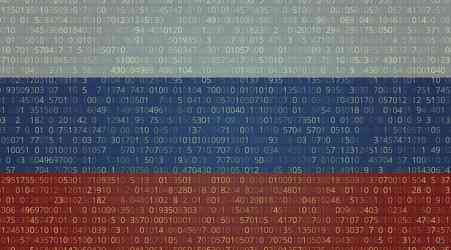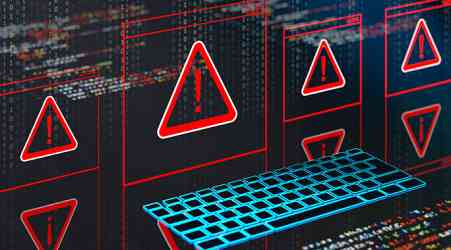One issue in getting office buildings networked that you don't typically face at home is concrete—and lots of it. Concrete walls are an average of 8 inches thick inside most commercial real estate.
Keeping a network running through them is not merely a matter of running cord. Not everybody has the knowledge or tools to punch through that kind of wall. Even if they do, you can't just put a hole in something that might be load-bearing or part of a fire control system without imaging, permits, and contractors. The bandwidths that can work through these walls, like 3G, are being phased out, and the bandwidths that provide enough throughput for modern systems, like 5G, can't make it through.
That's what WaveCore, from Airvine Scientific, aims to fix, and I can't help but find it fascinating after originally seeing it on The Register. The company had previously taken on lesser solid obstructions, like plaster and thick glass, with its WaveTunnel. Two WaveCore units on either side of a wall (or on different floors) can push through a stated 12 inches of concrete. In their in-house testing, Airvine reports pushing just under 4Gbps through 12 inches of garage concrete, and it can bend around corners, even 90 degrees. Your particular cement and aggregate combinations may vary, of course.
The spec sheet shows that a 6 GHz radio is the part that, through "beam steering," blasts through concrete, with a 2.4 GHz radio for control functions. There's PoE or barrel connector power, and RJ45 ethernet in the 1, 2.5, 5, and 10Gbps sizes.
6 GHz concrete fidelity (Con-Fi? Crete-Fi?) is just one of the slightly uncommon connections that may or may not be making their way into office spaces soon. LiFi, standardized as 802.11bb, is seeking to provide an intentionally limited scope to connectivity, whether for security restrictions or radio frequency safety. And Wi-Fi 7, certified earlier this year, aims to multiply data rates by bonding connections over the various bands already in place.





























